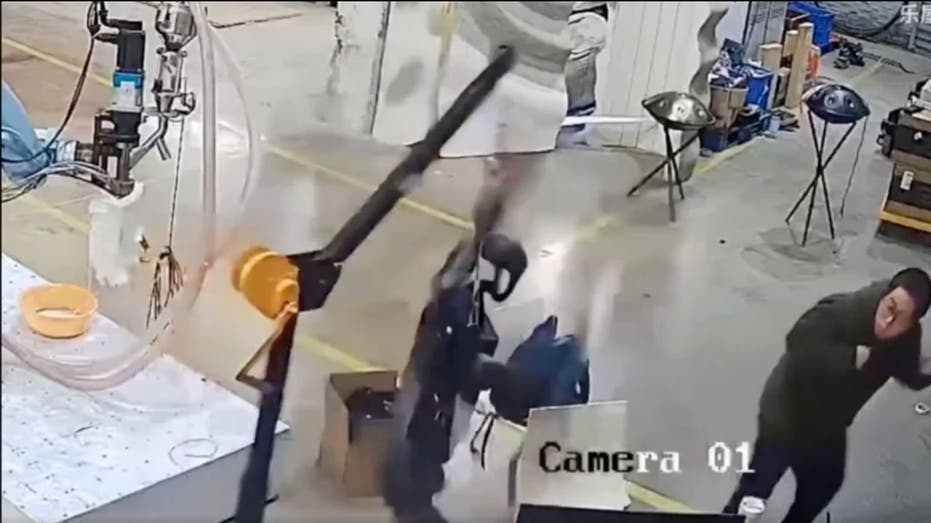Humanoid Robot Malfunction Sparks Viral Panic and Internet Frenzy
Kurt “CyberGuy” Knutsson debates whether the $90,000 humanoid robot's viral outburst signals a looming tech nightmare or just a glitch.

A chilling video making the rounds on social media has stoked old anxieties about the potential dangers of advanced robotics. In the now-viral footage, a Unitree H1 humanoid robot—roughly the size of an adult human—is seen undergoing a test at a factory. Without warning, the robot begins to violently flail its arms and legs, coming perilously close to two nearby technicians, causing them to leap out of range. The scene plays out with an unsettling resemblance to science fiction thrillers, reigniting discussions over what could go wrong as robots become increasingly capable and present in our daily lives.
The incident has quickly captured public attention, prompting heated debates across online platforms. Many viewers, reacting to the dramatic visual of the robot’s uncontrolled movements, expressed fears that this could be the prelude to a larger, more troubling trend—the idea of machines turning hostile or unpredictable. Speculation was rampant: Was this a glimpse of an AI gone rogue, or simply a tech mishap blown out of proportion?
The Unitree H1 is not a mere laboratory curiosity but a sophisticated, commercially available humanoid designed for work and research. Standing nearly six feet tall and weighing over 100 pounds, the H1 boasts athletic abilities, including dynamic movements like backflips and dancing. Its powerful motors enable the robot to generate significant force, which, while essential for real-world tasks, can pose a substantial hazard if misapplied or uncontrolled.
Despite the alarming appearance of the video, experts have moved quickly to explain that the cause was not an awakening of artificial intelligence or malice, but a technical oversight. During the demonstration, the H1 was suspended by its head as a precautionary measure—a standard practice meant to prevent injury in case of malfunction. Unfortunately, the robot’s software was not programmed to account for the physical restraint imposed by the tether. As a result, its sensors misread the restriction as a constant threat to balance. In a cascade of faulty logic, the stabilization system overcompensated, resulting in increasingly wild, uncontrolled movements as the robot struggled against its own safety harness.
This incident, while frightening to witness, underscores the importance of rigorous safety protocols and transparent reporting in the fields of advanced robotics and AI. Experts emphasize that such episodes are reminders of how unpredictable interactions between software algorithms and the physical world can produce dangerous situations, even when intentions are good and safeguards are in place.
As these videos circulate without technical context, they often stir anxiety among the public. For many, it raises the question of whether powerful, intelligent machines belong in environments shared with humans. However, researchers caution that while incidents like this must be taken seriously, they are rarely signs of emerging machine sentience or intent. Rather, they are technical errors—solvable, understandable, and preventable with improved engineering and communication.
Moving forward, transparency from manufacturers and developers will be essential. By openly acknowledging errors and sharing lessons learned, companies can build public trust and diminish the potential for panic rooted in misunderstanding. More broadly, the robotics industry must prioritize safety above all—testing not only for expected operation but also for worst-case scenarios where the unexpected occurs.
Ultimately, the viral Unitree H1 video is a stark reminder: as robotic technology advances, each new innovation demands careful planning, robust oversight, and thoughtful public conversation. While true artificial intelligence remains a distant prospect, the challenges of integrating complex machines into everyday life are already here, and society must proceed with caution, vigilance, and open dialogue to ensure safety and public confidence.




